

 All images created with a Canon 7D and a Tamron 150-600mm lens. A Canon 550EX flash was used as a fill flash. Camera settings used were AV mode, ISO 800, F 5.6 at 1/200th of a sec.
All images created with a Canon 7D and a Tamron 150-600mm lens. A Canon 550EX flash was used as a fill flash. Camera settings used were AV mode, ISO 800, F 5.6 at 1/200th of a sec.
This blog is a "Blogs of Note" It was chosen by the Blogger Team at Google as being Interesting and noteworthy. It is a once a week look at what I photograph. Please check out my new book on Amazon. "Secrets of Backyard Bird Photography". It is available in hardbound as well as an ebook. http://www.amazon.com/Secrets-Backyard-Photography-Chris-Hansen/dp/1937538559 It would make a great gift for a birder or photographer that you know or just buy it for yourself!


 All images created with a Canon 7D and a Tamron 150-600mm lens. A Canon 550EX flash was used as a fill flash. Camera settings used were AV mode, ISO 800, F 5.6 at 1/200th of a sec.
All images created with a Canon 7D and a Tamron 150-600mm lens. A Canon 550EX flash was used as a fill flash. Camera settings used were AV mode, ISO 800, F 5.6 at 1/200th of a sec.


 All images were created with a Canon 7D and a 100mm macro lens. Camera was set to Manual mode, ISO 200, Shutter speed of 1/200th of a sec. F stops varied. Light source used were two Alien Bee 1600 studio flashes.
All images were created with a Canon 7D and a 100mm macro lens. Camera was set to Manual mode, ISO 200, Shutter speed of 1/200th of a sec. F stops varied. Light source used were two Alien Bee 1600 studio flashes.


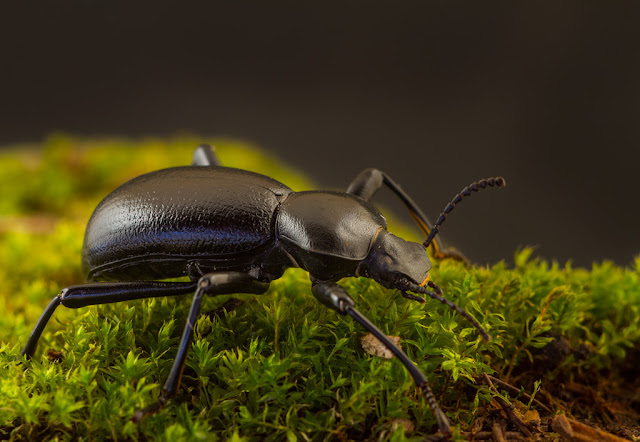
 All images were created with a Canon 7D and a 100mm macro lens. Camera was set to Manual mode, ISO 200, Shutter speed of 1/200th of a sec. F stops varied. Light source used were two Alien Bee 1600 studio flashes.
All images were created with a Canon 7D and a 100mm macro lens. Camera was set to Manual mode, ISO 200, Shutter speed of 1/200th of a sec. F stops varied. Light source used were two Alien Bee 1600 studio flashes.



 All images created with a handheld Canon 7D and a 100mm macro lens.Manual mode,exposures varied. Lighting was provided by two Alien Bee 1600 Studio lights
All images created with a handheld Canon 7D and a 100mm macro lens.Manual mode,exposures varied. Lighting was provided by two Alien Bee 1600 Studio lights


 All images were created with a handheld Canon 7D and a 100mm Macro lens. Manual mode, ISO 200, Exposures varied. Lighting was provided by two Alien Bee 1600 Studio lights. #TeamCanon
All images were created with a handheld Canon 7D and a 100mm Macro lens. Manual mode, ISO 200, Exposures varied. Lighting was provided by two Alien Bee 1600 Studio lights. #TeamCanon

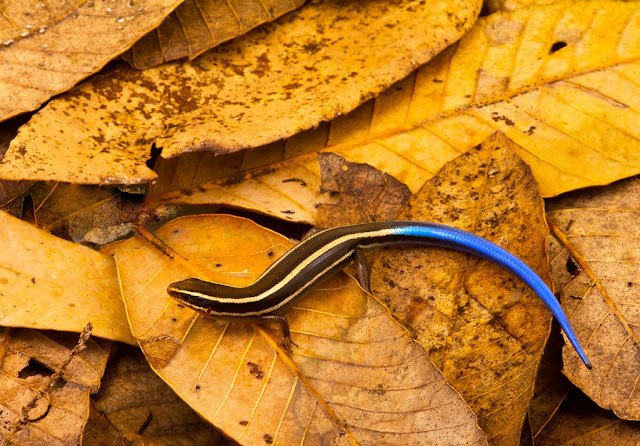

 All images created with a handheld Canon 7D and a 100mm macro lens in manual mode. Exposures varied. Lighting was provided by two Alien Bee 1600 Studio lights. #teamcanon
All images created with a handheld Canon 7D and a 100mm macro lens in manual mode. Exposures varied. Lighting was provided by two Alien Bee 1600 Studio lights. #teamcanon
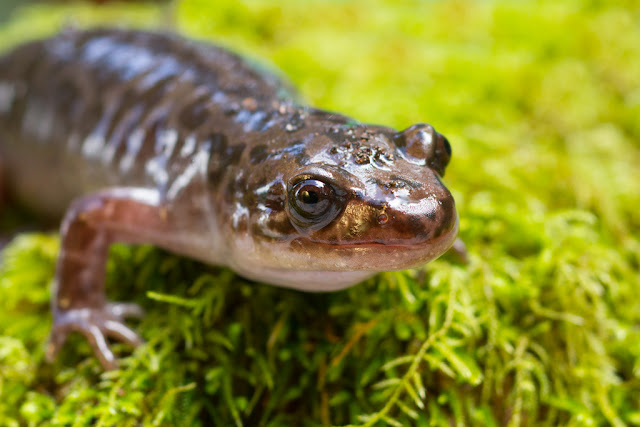
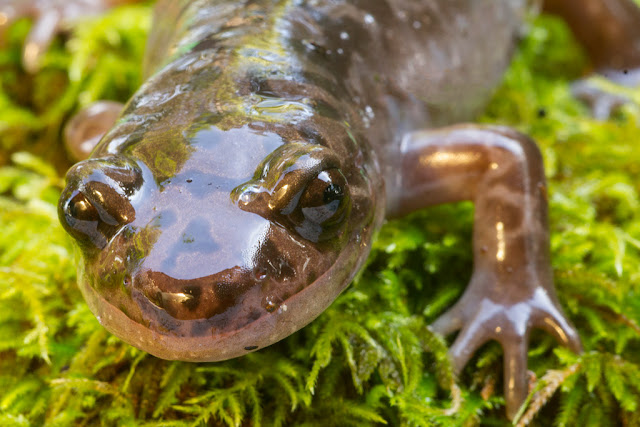
 Images created with a Canon 7D and a 100mm macro lens. both handheld and on a small Slik tripod.
Images created with a Canon 7D and a 100mm macro lens. both handheld and on a small Slik tripod.


 Images created with a Canon 7D and a Canon 100-400IS v1. #TeamCanon
Images created with a Canon 7D and a Canon 100-400IS v1. #TeamCanon

 Both images were created with a Canon 7D and a Canon EF 100-400mm f/4.5-5.6L IS USM. AV mode, ISO 800 f 8.0 1/500th of a sec. Fill flash was provided by a Canon 550 EX flash at -2 stops.
Both images were created with a Canon 7D and a Canon EF 100-400mm f/4.5-5.6L IS USM. AV mode, ISO 800 f 8.0 1/500th of a sec. Fill flash was provided by a Canon 550 EX flash at -2 stops.

 both images were created with a Canon 7D and a 100mm macro lens on a tripod.
both images were created with a Canon 7D and a 100mm macro lens on a tripod.
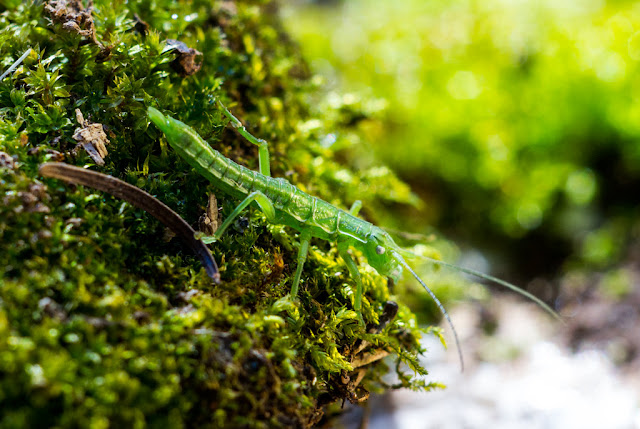 Image created with a handheld Canon 7D and a 100mm macro lens. AV mode, ISO 800,F 8.0 at 1/60th of a sec.
Image created with a handheld Canon 7D and a 100mm macro lens. AV mode, ISO 800,F 8.0 at 1/60th of a sec.

 both images were photographed using a Canon EOS 7D camera with a Canon EF 100-400mm f/4.5-5.6L IS USM Lens. AV mode, ISO 800, F 8.0, 1/2,000th of a sec and 1/640th of a sec. Fill flash was provided with a Canon 550 EX flash set to high speed synch at -2stop exposure. The camera was supported with a Manfrotto 055 XPROB tripod with a Bogen 3055 heavy duty ballhead.
both images were photographed using a Canon EOS 7D camera with a Canon EF 100-400mm f/4.5-5.6L IS USM Lens. AV mode, ISO 800, F 8.0, 1/2,000th of a sec and 1/640th of a sec. Fill flash was provided with a Canon 550 EX flash set to high speed synch at -2stop exposure. The camera was supported with a Manfrotto 055 XPROB tripod with a Bogen 3055 heavy duty ballhead.



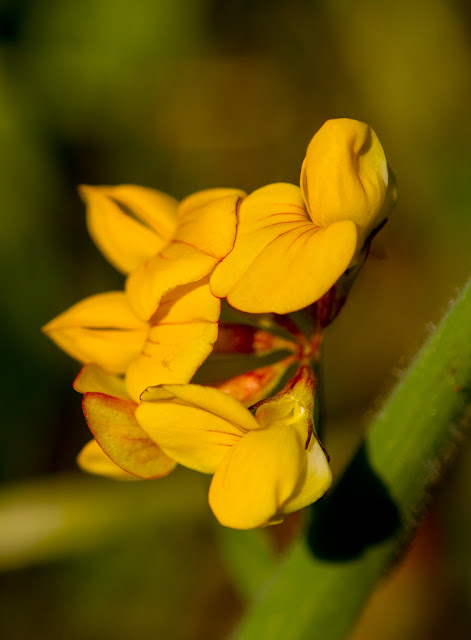



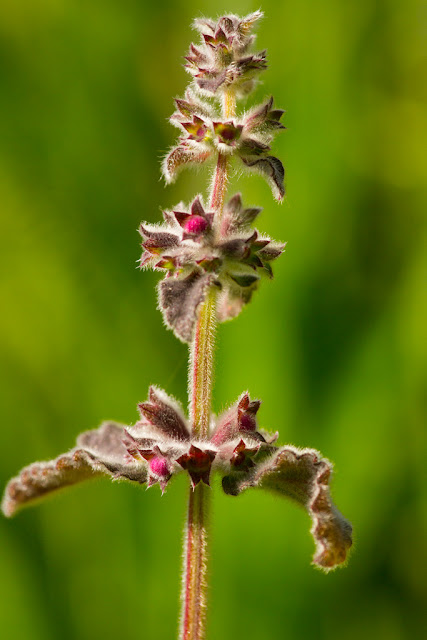
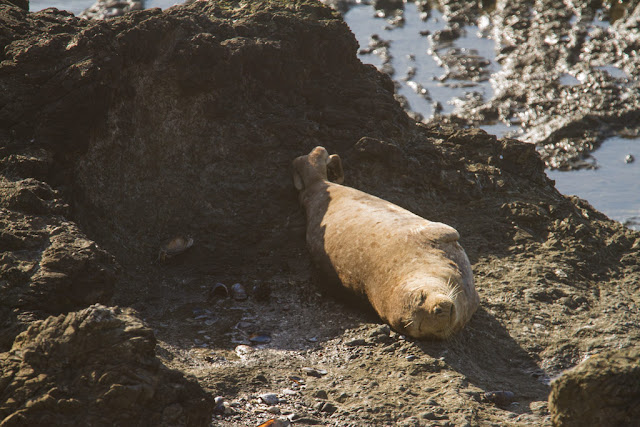

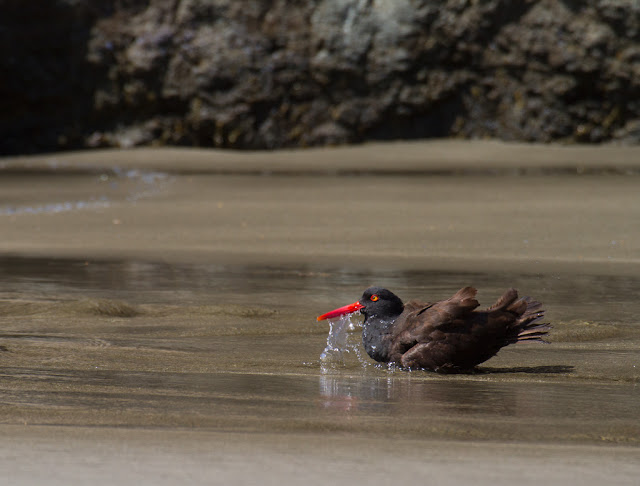


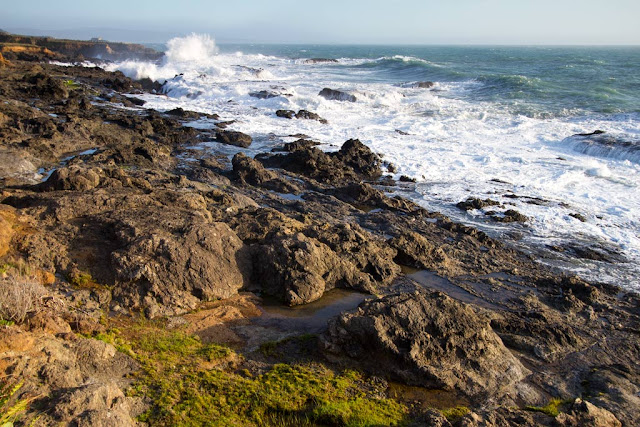
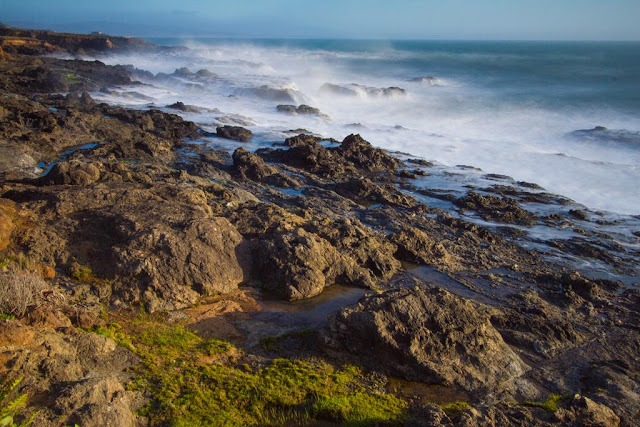
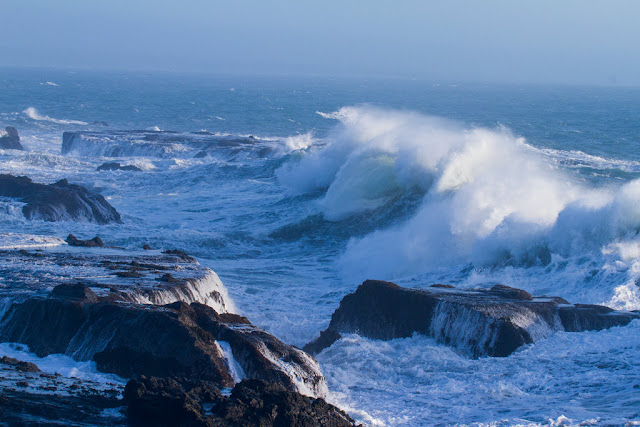


 All images created with a Canon 7D and a variety of lenses. #TeamCanon
All images created with a Canon 7D and a variety of lenses. #TeamCanon